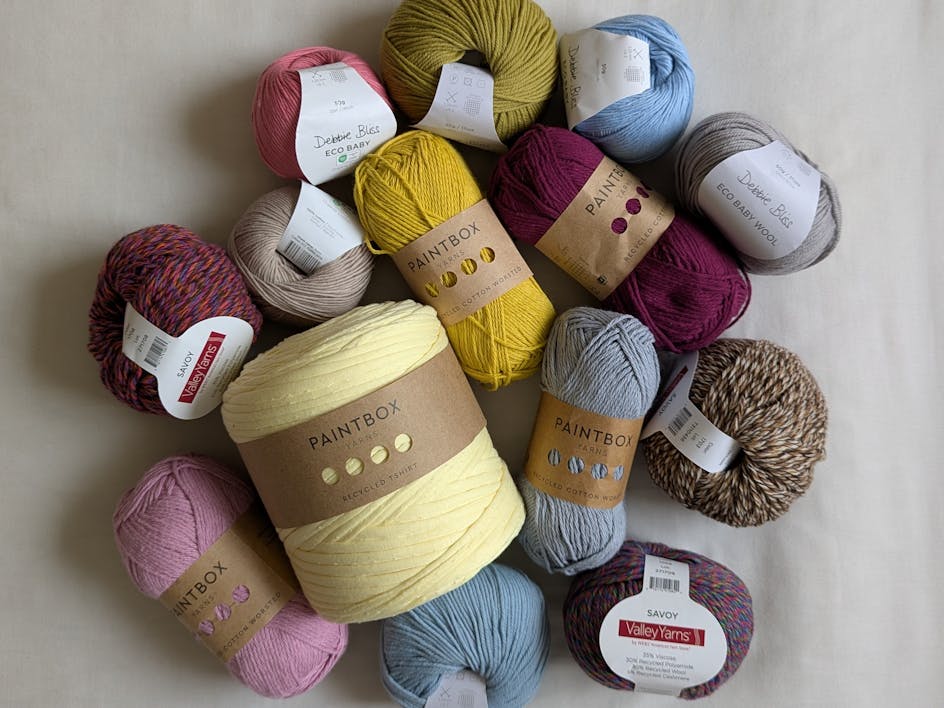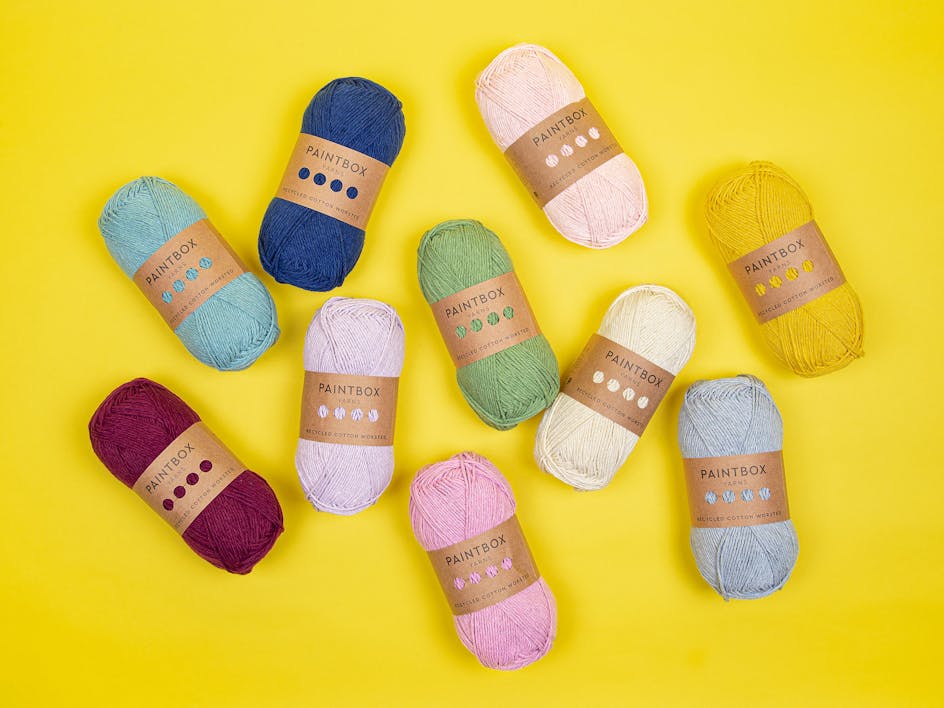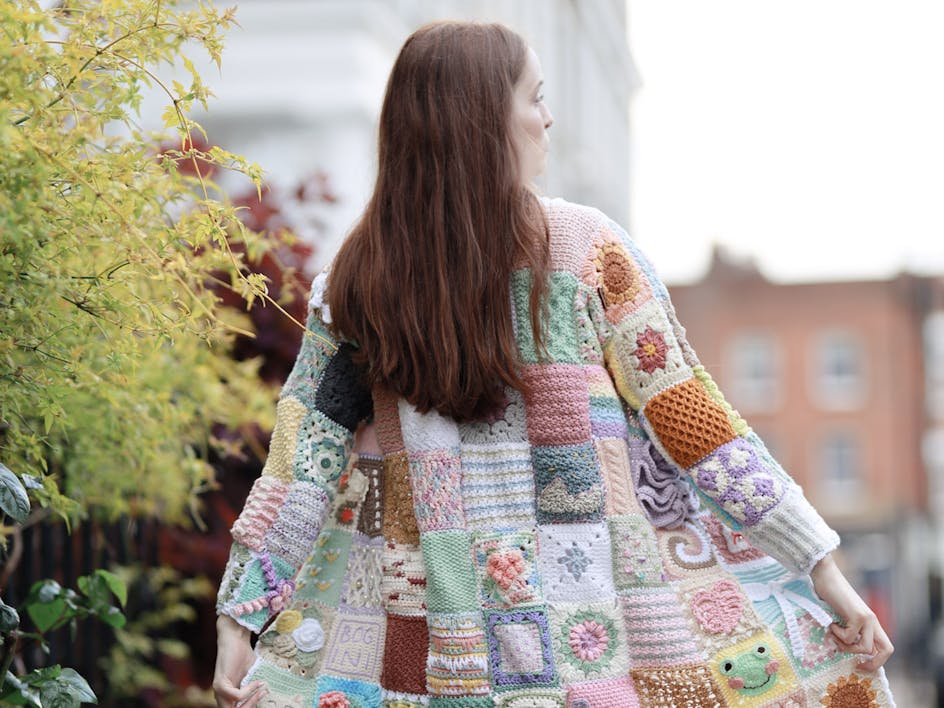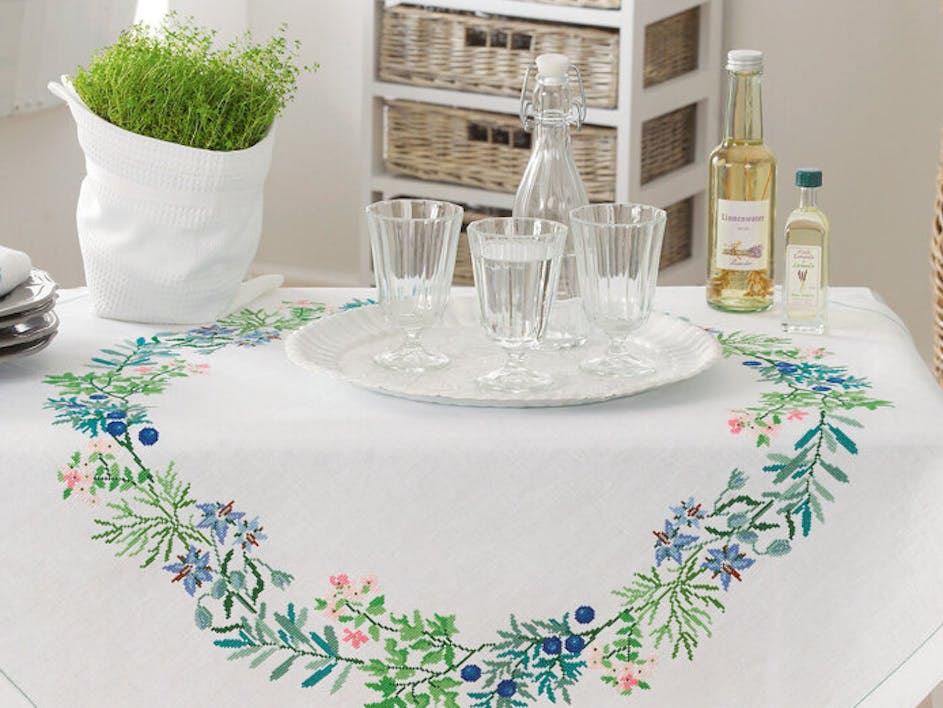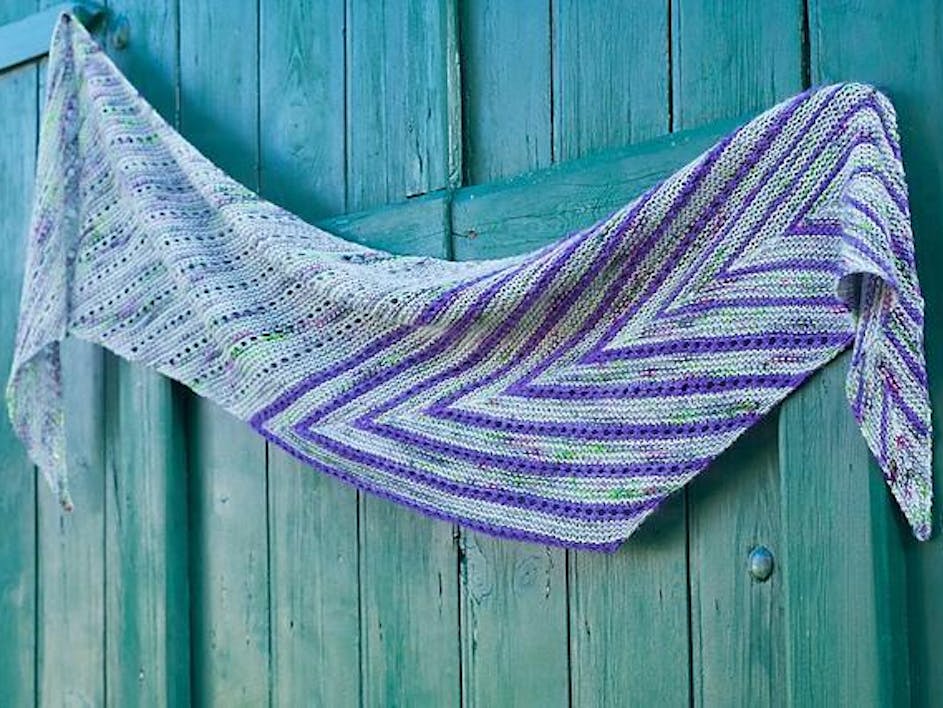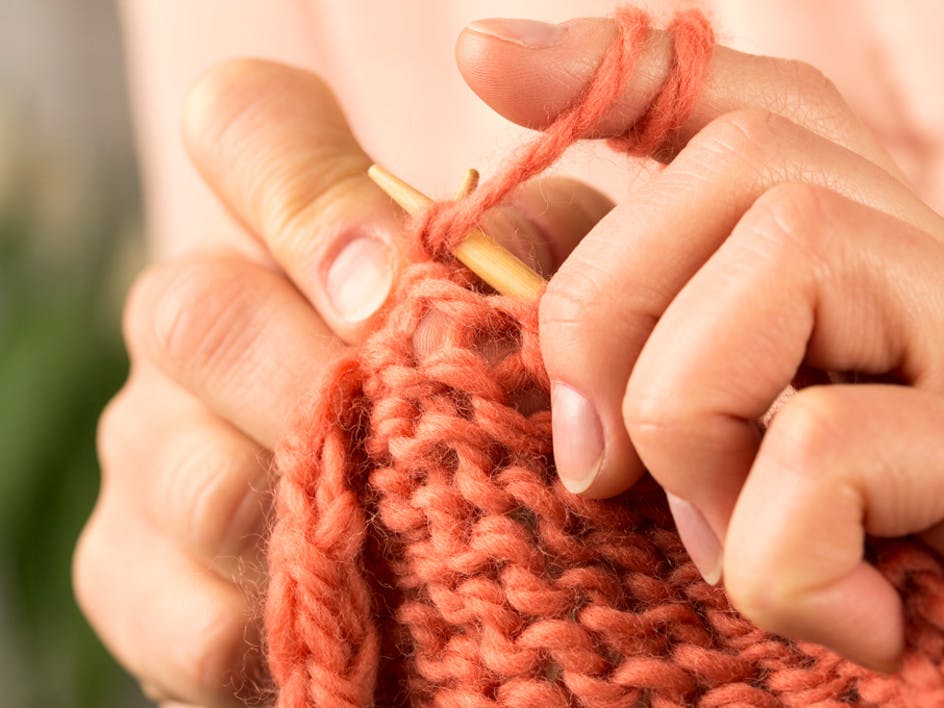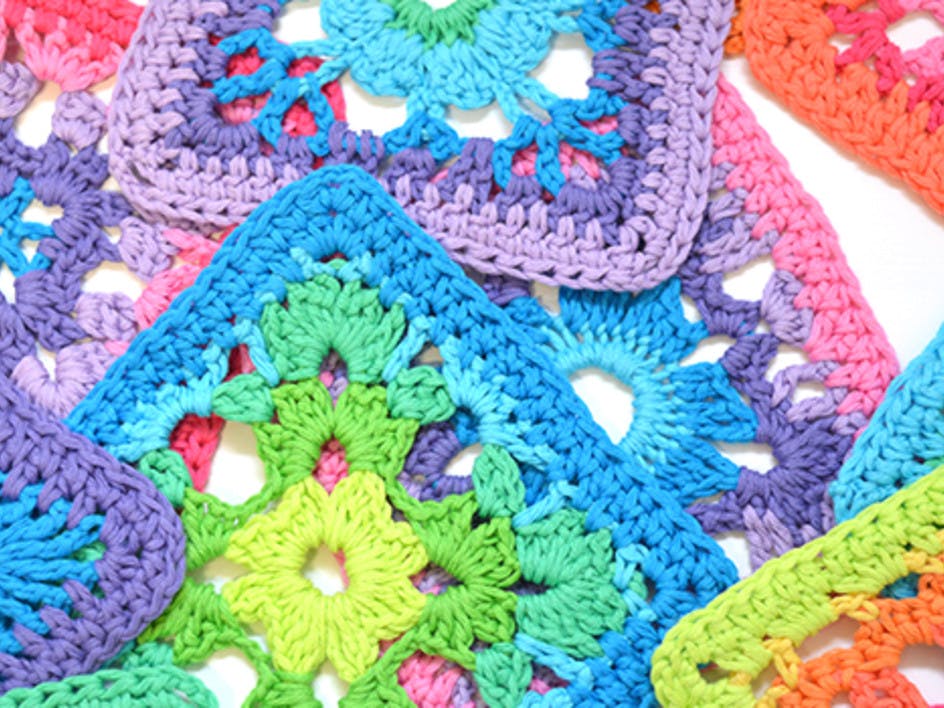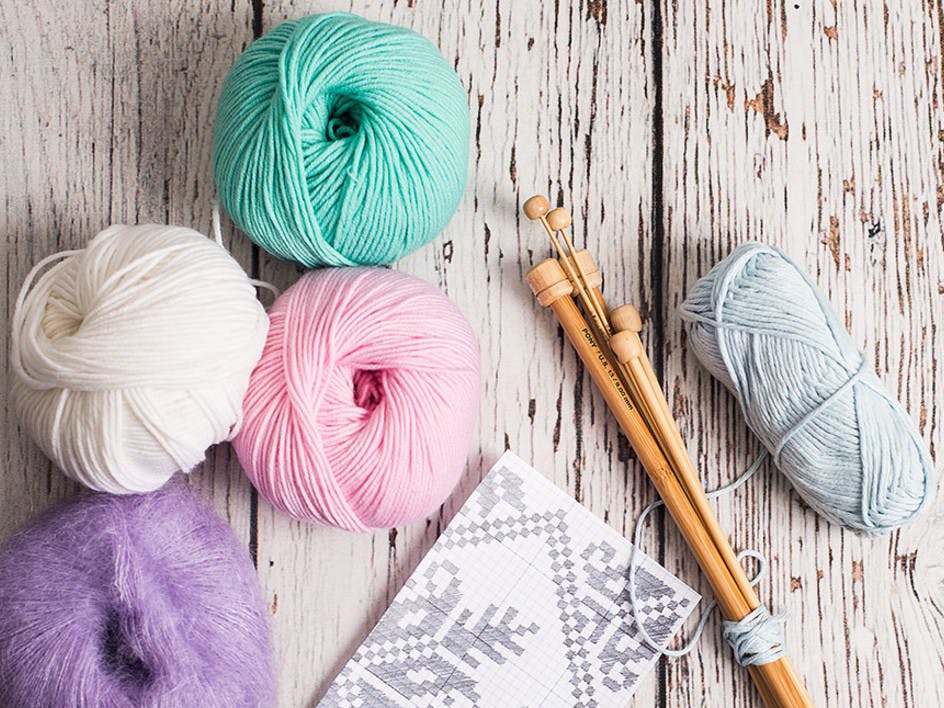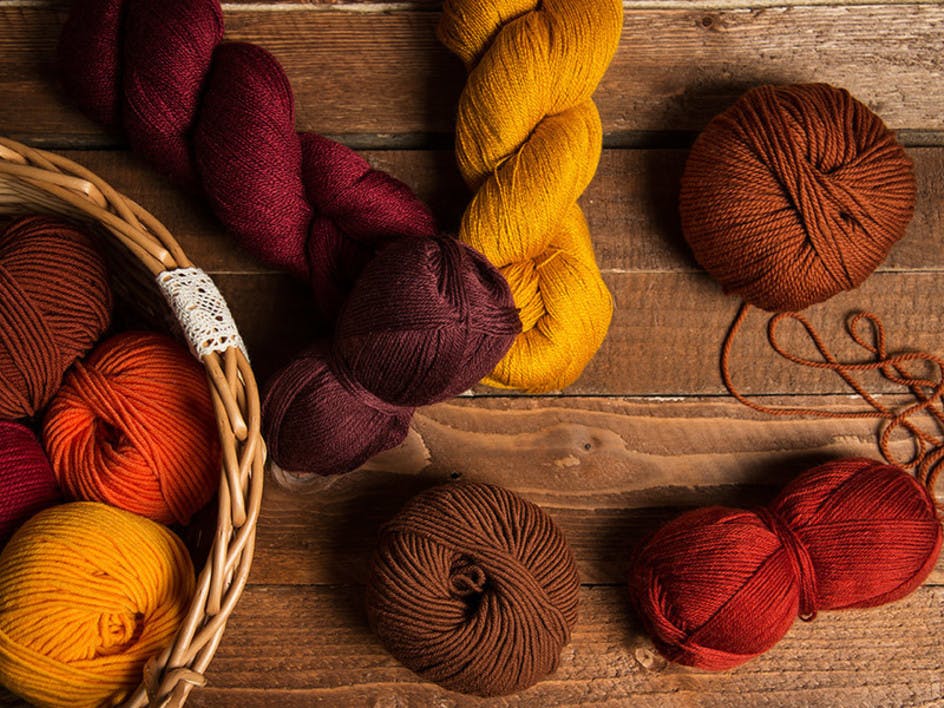#Slowtober: 10 ways you can get involved
Published on September 6, 2018 By Emma 6 min read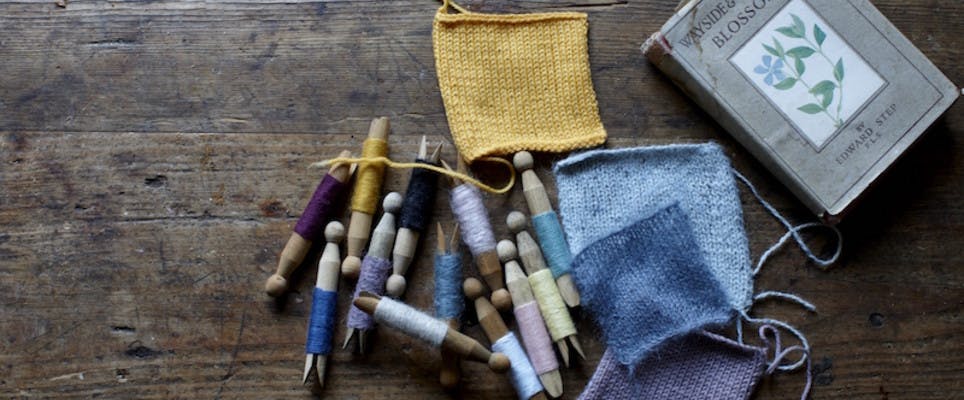
Slow Fashion October was set up in 2014 by Karen Templar as “a celebration of the small-batch, handmade, second-hand, well-loved, long-worn, known-origins wardrobe.” Slow Fashion is a way of thinking about what we wear, where it comes from, who made it and how all those things can have a positive impact on our environment. #slowtober is a call to get us out of the habit of buying mass-produced, damaging stuff that we don’t care about, and getting us making things that we do care about. So we thought we would share some of our favourite sustainable sewing ideas, from clever hacks to making the most of your stash.
1. Natural Fibers
As a sewist you already get a massive tick when it comes to slow fashion! Slowing down and taking the time to craft something with love in every stitch - that’s what it’s all about! But to be a super #slowtober sewer you need to think about where your material comes from. If you’re buying new, the best place to start is with natural fibers: silk, hemp, bamboo, linen, wool and cotton are all good. Yep, cotton too, but there is a big difference between organic cotton and manufactured cotton. Organic cotton is biodegradable and is grown without the use of harmful chemicals and synthetic fertilizers, it uses far less water than ordinary cotton so has much less impact on the environment when it’s grown, and the people that harvest it are healthier and happier too. That sounds like the type of cotton we want to sew with!
Another natural fiber that got us all in a bit of a fluster is nettle. Nettle! It has lovely, long, strong, silky fibers, and makes a material a bit like linen. It grows like crazy so it’s an excellent renewable source, it doesn’t need pesticides or fertilizers, and is currently made by hand which adds to the value and luxury of the finished fabric. And imagine how much fun it would be to tell people that your beautiful, handmade dress was made from nettles?
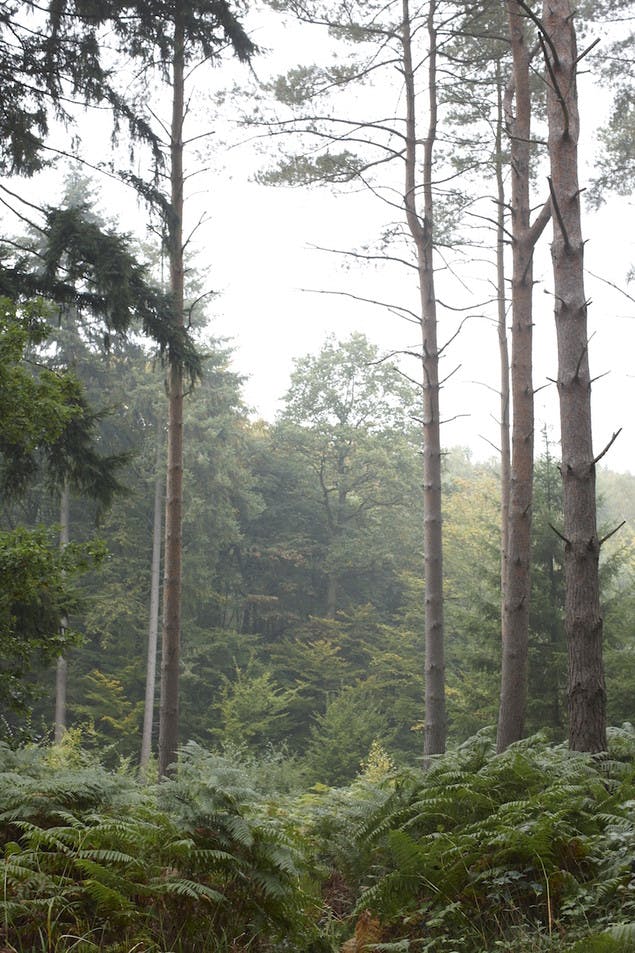

Slowtober is a celebration of the small-batch, handmade, second-hand, well-loved, long-worn, known-origins wardrobe.” - Karen Templar, Slow Fashion October Founder
2. Upcycling Material
Even better than buying new is upcycling old. Sheets, pillowcases and drapes are a great go to if you’re making something that needs a lot of fabric. A quick dig through your linen cupboard can often uncover a retro bedding set that is ripe for remaking. Thrift stores can be treasure troves for vintage materials and unexpected delights, from dazzling drapes to oversize skirts, the more you reuse, the more money you give to your favorite cause and the less goes to landfill. It’s win win!

3. Altering
As a sewist you already have the skills to be interactive with your clothes, and giving a garment a revamp is a great way of extending its life and making the planet a bit happier. Necklines can be chopped and changed to suit your shape better. Hemlines can be shortened, contrasting panels can be added, patch pockets, piping, and pleats added, oh my! Sometimes all it takes is a little bit of a makeover and you have a one-of-a-kind wonder in your wardrobe.

4. Refashioning
The next step up from altering is refashioning. There are some super clever sewing hacks to be had from getting creative with your old clothes. One sweater can become a beanie, pair of mittens and a scarf. A skirt can become a pair of pants, a dress can become a playsuit. All the hard work like adding elastic cuffs, creating ribbing or fiddling with button holes has been done for you, you just need to let your imagination loose on what something can become.
5. Care & Repair
‘Make, do and mend’ is at the heart of the #slowtober ethos, so finding fancy ways to repair your clothes is a must. Sashiko is a form of Japanese embroidery that uses long, running stitches that are ideal for patching denim. All you need to know is how to do a simple running stitch and you can make your jeans a masterpiece.
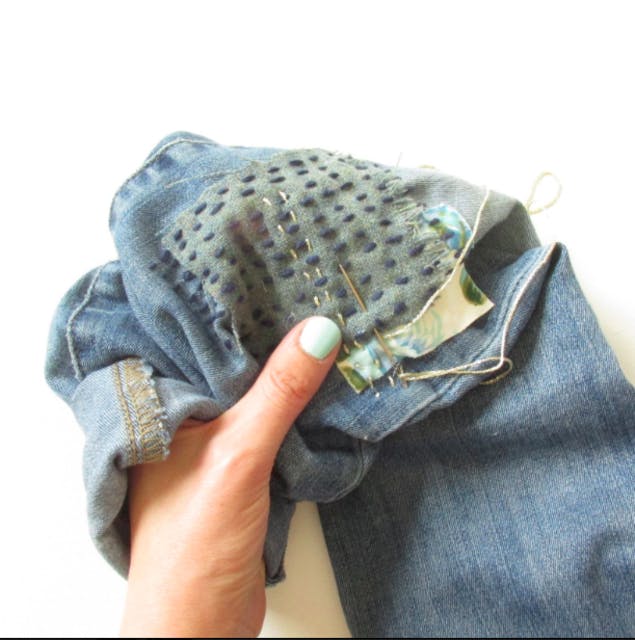
6. Using Up Remnants
When you’ve finished a big project there’s always those strips and squares of leftover material that are too big to go in the bin, but too small to make anything with. Rather than throwing them out (and if quilting just isn’t your thing), you could use them as a contrasting design statements for your collars and cuffs. Or how about getting inspired by Tilly and the Buttons and adding patch pockets on your favourite breton stripe top or a pop of colour on the yoke of your next dress? The possibilities are endless.
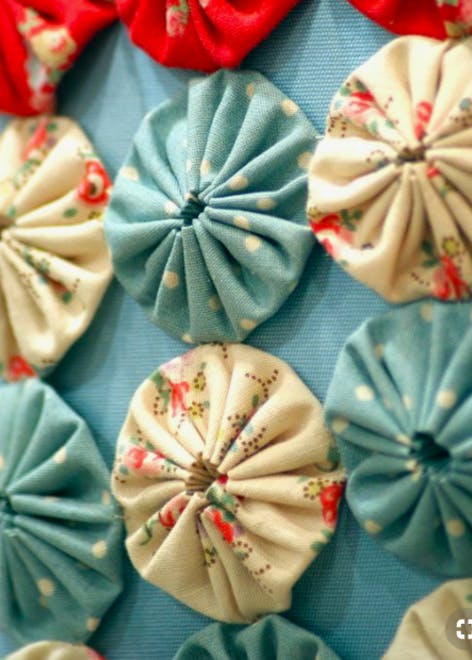
7. Stash Busting - Yoyos
These squishy fabric circles started out as a peculiarly British thing, called Suffolk puffs from the area of the country that they first came from, but when they got to the US they became known as Yoyo’s. Traditionally made from scraps, these little circles of fabric are gathered around the edge and drawn into the middle to make a double thickness, puffy circle, then sewn to other puffs to create blankets and cushions covers. This hand sewing activity is great when you’re tucked on the couch, and once you get started it can be really hard to stop.
8. Stash Busting - Applique Patches
Applique patches are a quick way to bring color and creativity to your makes. From songbirds on your cushion covers to bunnies on your blinds, even the smallest scrap of material can be turned into something beautiful. An applique patch is also ideal for brightening up clothes for your little ones, or adding their current character crush to their drapes, and in the true spirit of #slowtober, you can just take them off when they’re over it and keep on using them.

9. Stash Busting - Bunting
Love it or hate it, bunting is here to stay. A strip of ribbon, your favourite scrap pile and any shape your heart desires and you have a colourful, creative string of bunting to brighten up any space. Now, this might seem pretty far from the original ideas of slow fashion, but any project that saves even the tiniest scrap from landfill, is made by you instead of mass produced and encourages sewing and hand making skills definitely counts by us. Plus, it will be cherished and enjoyed by you because you made it!
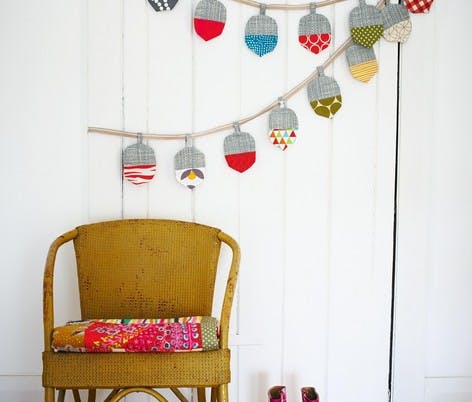
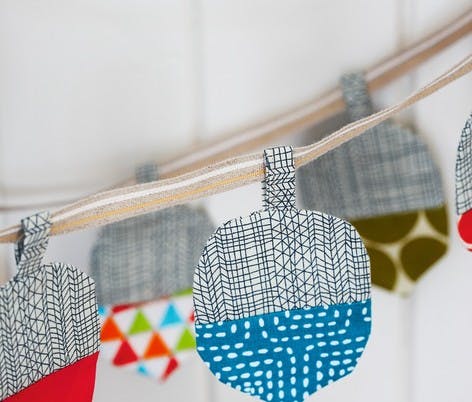
10. Use Your Sewing Skills
Sewing is an amazing skill to have, and if you already have an affinity with fabric, then one of the simplest, sustainable changes you can make is swapping some of your throwaway things for fabric ones. Washcloths, kitchen towels, face wipes, make up pads, vegetable bags and grocery bags are all super quick projects that you and your sewing machine can whip up in under an hour, but will have a lasting, positive impact on the planet. It may not be haute couture, but it all helps, and who’s to say that your kitchen cloths can’t be high fashion?
Whatever you make, it’s all part of the #slowtober ethos so here’s to celebrating your small-batch, handmade, second-hand, well-loved, long-worn, known-origins wardrobe.
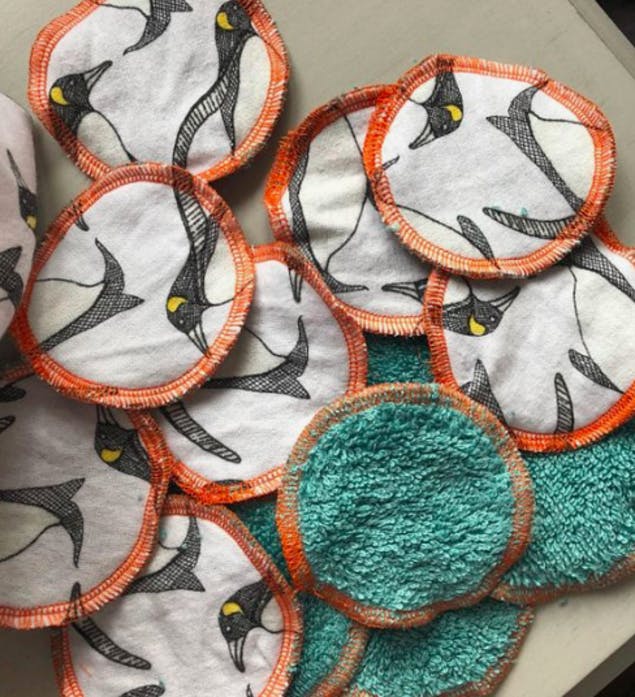
Whatever you make, it’s all part of the #slowtober ethos, so here’s to celebrating your small-batch, handmade, second-hand, well-loved, long-worn, known-origins wardrobe. What will you be making?
